Selective Mutism (SM) causes children to be talkative at home, but silent in more public settings, such as school. The purpose of this guide is to help parents and teachers determine if a child has selective mutism, or how to help selectively mute children find their voices.
What is selective mutism (SM)?
Selective Mutism SM is a type of anxiety disorder wherein children will not speak around specific people or in certain situations. Many children with SM are very chatty at home but quiet at school. In most cases, parents start observing signs of SM when their children are three and four years old.
A diagnosis could only be made once the girl reaches school age when her speaking difficulties become more evident.
A child with SM is unable to communicate with teachers, counselors, or peers for a whole year or more in school. It is typical for kids with SM to behave mildly and be polite in class settings, so their silence might be interpreted as shyness and not pointed out as a possible barrier to their learning.
Moreover, Parents may also be told by pediatricians that “shyness” will pass and refrain from seeking treatment.
A child with selective mutism may experience significant impairments in their lives. It can impact the academic and social performance of children at school. It may discourage kids from seeking help when they need it, for example, telling the teacher if they need to use the restroom. This can limit kids’ participation in a variety of fun activities, including play dates.
But don’t worry, kids with SM can improve with the right help.
Also, check: Major Depression Disorder
Selective mutism symptoms
During early childhood, between the ages of 2 and 4, children are typically affected by selective mutism. It may be noticed for the first time when the child starts interacting with people outside the family, such as when starting nursery or school.
When the child is expected to make conversation with someone outside of their comfort zone, they suddenly become still and freeze, which is the main warning sign.
Identify your child’s symptoms of selective mutism if you suspect he or she is suffering from it:
- Frequently speaking freely at home, but nonverbally at school or with strangers
- Lack of ability to chat with familiar adults (for example, parents) in the presence of others
- Conversational difficulties in school
- In social situations, appearing “down” or “paralyzed”
- Using facial expressions, nodding and gestures instead of verbal communication
You may see them avoid eye contact and appear:
- Anxious or nervous
- Uneasy or socially awkward
- Sulky, rude or disinterested
- Clingy
- Excessive shyness and withdrawn
- Tensed, stiff or poorly co-ordinated
Children with selective mutism who are more confident can use gestures to communicate – such as nodding for “yes” or shaking their heads for “no”.
However, children with the more severe disorder tend to avoid all forms of communicating – whether they are communicating verbally, in writing, or through gestures.
Occasionally, some children can respond with a few words, while others may speak in a lower voice, such as a whisper.
Recommended read: What is Stress?
What causes selective mutism
Selective mutism is usually characterized as an extreme fear of talking to certain people (phobia). There is no exact cause, but an anxious state is known to cause it.
It is common for the child to experience anxiety and have trouble coping with everyday events.
In situations where children are separated from their parents, many become too distressed to speak and are heightened by the adult attempting to calm them.
They can be even more stressed when they have a language and speech disorder or a hearing problem.
Children who have problems processing sensory input, including loud noises and jostling from crowds, suffer from sensory integration dysfunction.
It can make them shut down during busy times and prevent them from speaking. Again, their anxiety can transfer to other people in that environment.
Neither research nor experience suggests selective mutism is not associated with abuse, neglect, or trauma among children.
During post-traumatic stress, the child’s episode of mutism is different. He or she stops talking suddenly when they previously did not have difficulty speaking.
When there is no treatment for the triggers of this type of speech withdrawal, the child may develop more general anxiety about communication.
Selective mutism is commonly misunderstood as manipulative, controlling, or as autism. Even though a child may have both autism and selective mutism, there is no link between the two conditions.
Also, check: Side Effects of Overthinking
Selective mutism diagnosis

Selective mutism left untreated can lead to loneliness, social anxiety disorders and low self-esteem. When left untreated, it can persist into adulthood.
If your child has a medical history or signs and symptoms, your child’s healthcare provider will ask about those. You will be asked to provide information on your child’s speech and language development. The report cards and teacher comments from your child’s teacher may be helpful at the appointment. Health care providers may want to observe your child at school and home. Video recordings of your child might be required at home or school.
Your child will undergo a medical examination. The exam will examine the lips, tongue, ears, and jaws of your child. A neurological exam may also be conducted on your child. A hearing test may also be necessary. Several other diseases, such as schizophrenia, may be ruled out by the healthcare provider.
You may be able to get additional help assessing your child. SLPs and psychologists or psychiatrists may be included in this group. The SLP can assess the understanding and use of language in your child. Psychologists can determine if there are emotional reasons for the condition.
Recommended: Multiple Strategies To Control Overthinking
Difference between selective mutism and traumatic mutism
There is very little probability of a child who suffers from Selective Mutism remaining mute in all settings at the same time. The majority of these individuals are inhibited and exhibit social anxiety. Those suffering from Selective Mutism mute themselves in order to avoid the social and emotional anxiety caused by expectations.
The development of mutism in children who suffer from traumatic mutism usually occurs suddenly. In such a case, a child could become mute after witnessing the death of a grandparent or another traumatic event.
School mutism and other social difficulties may seem normal to some children with Selective Mutism. It is possible for them to develop mutism in all settings due to negative reinforcement from those around them, misunderstandings from others, and possibly heightened stress within their environment. Mute at home and out of the home, even with family members, these children suffer from progressive mutism.
Selective mutism treatment
The good news is that selective mutism is highly treatable when it is treated appropriately. The best treatment for children with selective mutism SM is behavioral therapy focused on developing their ability to communicate in new situations, during new activities, and with new people.
It is important to obtain a thorough evaluation to diagnose SM in your child. A comprehensive evaluation should address any non-verbal and verbal aspects of your child’s interaction, and whether she might have other co-occurring conditions (such as depression).
The evaluation will also rule out other diagnoses like communication disorders or language disorders that could also cause restricted speech.
Most children can overcome selective mutism with appropriate handling and treatment. However, older patients will take longer to recover.
Effectiveness of treatment selective mutism depends on:
- Time since the person was diagnosed with selective mutism
- Are they experiencing additional communication or learning problems or anxieties?
- Co-operation between parents, educators and other family members
Rather than treating the act of speaking, the treatment reduces the anxiety associated with speaking.
Read: Most Effective Anxiety Breathing Exercise
First, you must remove pressure on the individual to speak. Then they will gradually move from taking a break from school to a relaxing state to saying single words or sentences to one person, before eventually speaking freely to everyone in all settings.
It is possible to reduce a child’s anxiety without the need for individual treatment if parents and school staff work together to create a positive environment.
This means:
- Don’t let your child know you’re anxious.
- Instructing them that they can speak when they are ready
- Having fun is the most important thing
- Praising the child for their participation and attempts to interact with others, like passing and taking toys and pointing and nodding
- Responding warmly to the child, rather than expressing surprise when he or she speaks
Along with these changes in their environment, older children may require individual support to reduce anxiety.
Cognitive-behavioral therapy (CBT) and behavioral therapy are the most effective treatments.
Check: Obsessive Compulsive Disorder (OCD)
Cognitive behavioral therapy (CBT)
The goal of cognitive-behavioral therapy (CBT) is to improve a person’s ability to control their thinking and feelings, thereby improving their quality of life. Through graded exposure, CBT helps challenge preconceptions and fears.
Clinically-guided behavior therapy is the most appropriate intervention for older children, adolescents – particularly those who deal with social anxiety – and adults who raised their children with selective mutism.
Behavioral treatments for younger children can also be effective to improve their general wellbeing.
For example, it may also involve talking about anxiety and its effects on their bodies and behaviors and learning various anxiety management or coping techniques.
Read: How to Stop a Panic Attack
Behavioral therapy
Behavioral therapy focuses on enhancing and reinforcing desired behaviors and replacing bad ones with new ones. Rather than focusing on past or present difficulties, it aims to help conquer fears using a step-by-step approach.
There are several treatment options for selective mutism that are based on cognitive behavior therapy. A speech and language therapist or psychologist can guide the use of treatment options simultaneously to individuals, their families, and school or college staff.
Stimulus fading
With stimulus fading, selective mutism sufferers are more comfortable talking to a parent when they are alone.
A new person is brought into the conversation, and a parent withdraws once they are included. More people can be introduced in the same way by the new person.
Read: Intellectual Disability
Positive and negative reinforcement
Regardless of what form of communication you use, positive and negative reinforcement ensures that you don’t unintentionally encourage avoidance or silence.
Whenever the child feels pressured to speak, they’ll experience great relief after the moment passes, strengthening their belief that speaking is a negative experience.
Read: Avoidant Attachment Style
Desensitization
The technique of desensitization involves sharing voice or video recordings to make the person less sensitive to other people hearing their voices.
You could begin by sending emails or instant messages, progressing to voicemail messages or voice mail recordings, and finally to Skype conversations or telephone.
Shaping
Shaping is the process of gradually bringing a person’s behavior closer to the desired one.
You might start with reading aloud, then take turns reading, then play interactive reading games, then participate in structured conversations and finally, engage in an interactive 2-way dialogue.
Graded exposure
The most anxiety-provoking situations are tackled first in graded exposure. Several exposure sessions and realistic targets reduce anxiety in these situations.
The anxiety caused by different situations can be calculated for older children and adults, such as asking a stranger the time or answering the phone.
Read: How to Overcome Fear from Mind and Heart
Medicine
Adults or teenagers who suffer from depression and anxiety are only really in need of medicine.
Environmental changes and behavioral approaches should always be considered first before prescribing medicine. In adults with selective mutism, some health officials recommend making use of a mix of medication and behavioral therapy.
Antidepressants can be used in combination with an anxiety treatment program to manage anxiety, especially if previous treatments have failed to engage the individual.
Advice for parents
- Don’t bribe or pressurize your child to speak.
- Make sure your child knows you understand that they are scared to speak and have difficulty communicating at times. Whenever they feel ready, encourage them to take small steps and assure them that talking will get easier.
- It is best not to publicly congratulate your child when they speak, as this may embarrass them. Make a special treat for their achievement after you’ve been alone with them.
- Be sure your child feels comfortable speaking before asking for help. If they worry about speaking, tell them that smiling and waving is okay.
- If you cannot avoid family visits or parties, make the necessary changes to the environment to make it more comfortable for your child.
- Allow your child to warm up slowly and engage in fun activities instead of forcing him to talk, ask friends and family.
- Also provide love, support, and patience in addition to verbal reassurance.
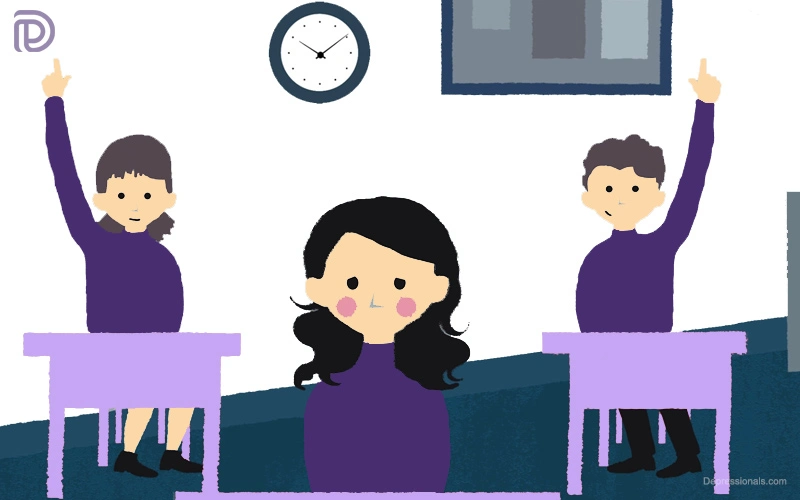
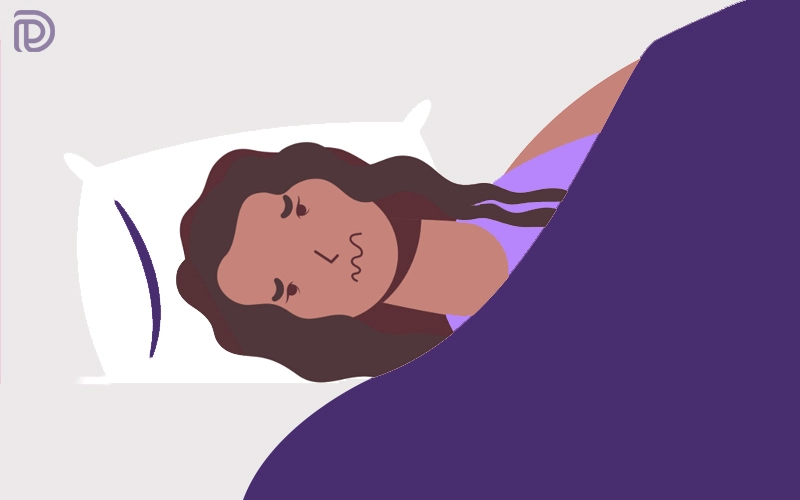
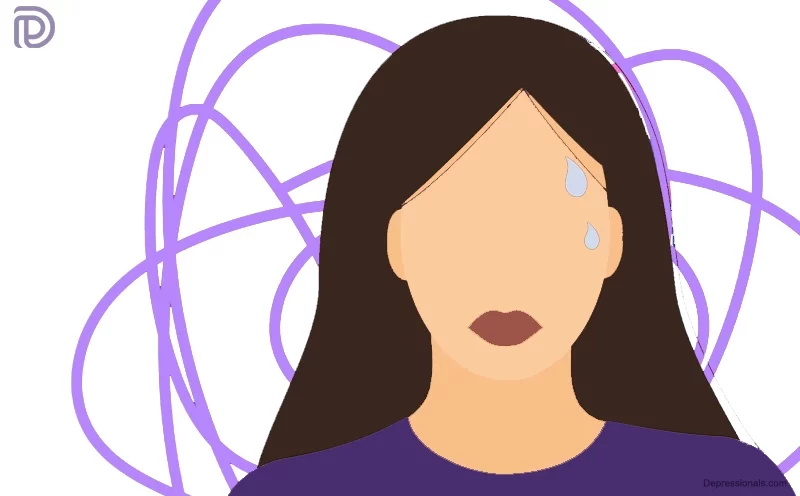
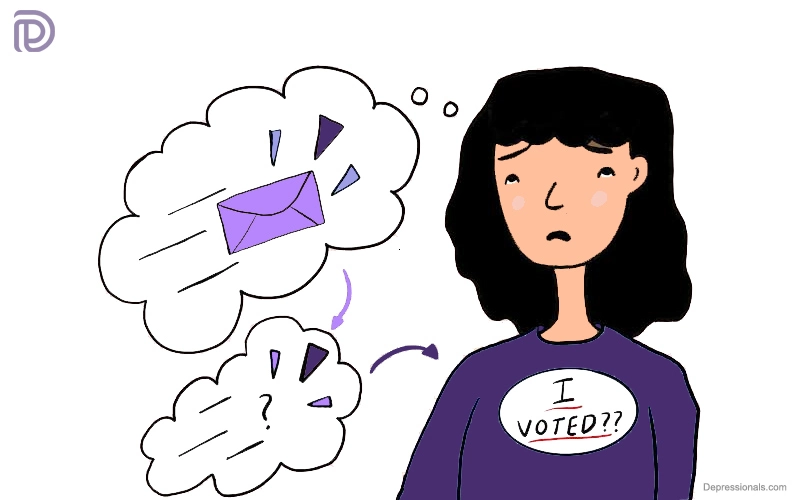
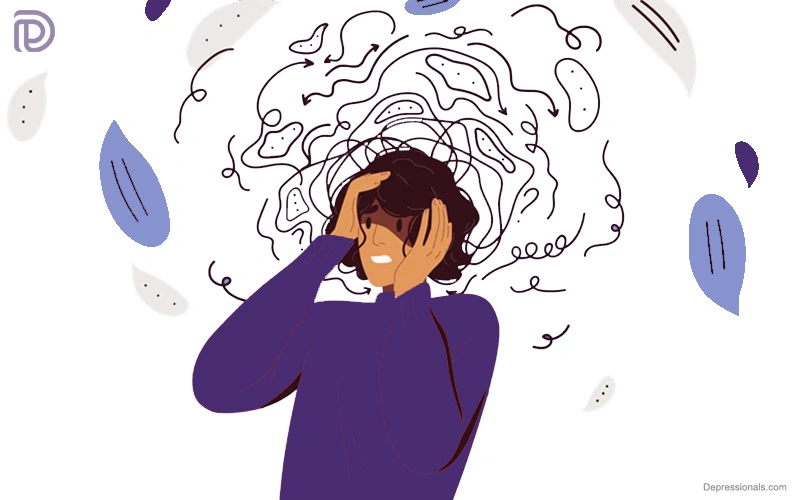

You’ve been great to me. Thank you!
WONDERFUL Post.thanks for share..more wait .. ?
Thanks for your article.
Thank you sharing these wonderful blogposts. Thank you
Thank you for another informative web site. Where else could I get that kind of info written in such an ideal way? I have a project that I am just now working on, and I’ve been on the look out for such info.
You’ve been a great help to me. Thank you!
Thanks for your help and for posting this article. It’s been great.
Thanks for your useful post. In recent times, I have come to understand that the symptoms of mesothelioma are caused by this build up connected fluid between your lining of the lung and the torso cavity. The condition may start from the chest vicinity and propagate to other parts of the body. Other symptoms of pleural mesothelioma cancer include weight-loss, severe breathing trouble, temperature, difficulty taking in food, and swelling of the face and neck areas. It needs to be noted that some people living with the disease will not experience almost any serious indicators at all.
You should write more articles like this, you really helped me and I love the subject.
It would be nice to know more about that. Your articles have always been helpful to me. Thank you!
You helped me a lot by posting this article and I love what I’m learning.
Dude these articles were really helpful to me. Thanks a lot.
Thank you for your articles. I find them very helpful. Could you help me with something?
You really helped me by writing this article. I like the subject too.
Thanks for posting. I really enjoyed reading it, especially because it addressed my issue. It helped me a lot and I hope it will help others too.
I have to thank you for this article
Thanks for posting. I really enjoyed reading it, especially because it addressed my problem. It helped me a lot and I hope it will help others too.
Thank you for providing me with these article examples. May I ask you a question?
May I request more information on the matter?
You helped me a lot by posting this article and I love what I’m learning.
Thanks for your help and for writing this post. It’s been great.
Thank you for your articles. I find them very helpful. Could you help me with something?
Do unto others as you would they should do unto you.
Thanks for your helpful article.
Thanks for the strategies shared by means of your blog.
What i don’t understood is actually how you are not really much more well-liked than you might be now. You’re so intelligent. You realize therefore significantly relating to this subject, produced me personally consider it from a lot of varied angles. Its like women and men aren’t fascinated unless it?s one thing to do with Lady gaga! Your own stuffs nice. Always maintain it up!
Heya, I am for the primary time here. I found this board and I in finding It truly useful it helped me out much. I am hoping to offer something again and aid others like you aided me.
Does your site have a contact page? I’m having trouble locating it but, I’d like to send you an email. I’ve got some ideas for your blog you might be interested in hearing. Either way, great blog and I look forward to seeing it develop over time.
Wonderful goods from you, man. I’ve understand your stuff previous to and you are just too fantastic. I actually like what you’ve acquired here, certainly like what you are stating and the way in which you say it. You make it entertaining and you still take care of to keep it sensible. I cant wait to read much more from you. This is actually a terrific website.
Very good written article. It will be helpful to everyone who utilizes it, as well as myself. Keep doing what you are doing – can’t wait to read more posts.
Thanks for sharing your ideas. The first thing is that individuals have an alternative between national student loan as well as a private student loan where it really is easier to choose student loan debt consolidation than through the federal education loan.
Thanks for your blog post.
I’m so happy to read this. This is the kind of manual that needs to be given and not the accidental misinformation that’s at the other blogs. Appreciate your sharing this best doc.
This is highly informatic, crisp and clear. I think that everything has been described in systematic manner so that reader could get maximum information and learn many things.
Just wanna comment on few general things, The website design is perfect, the content is very fantastic : D.